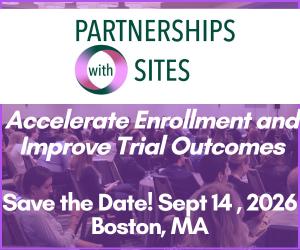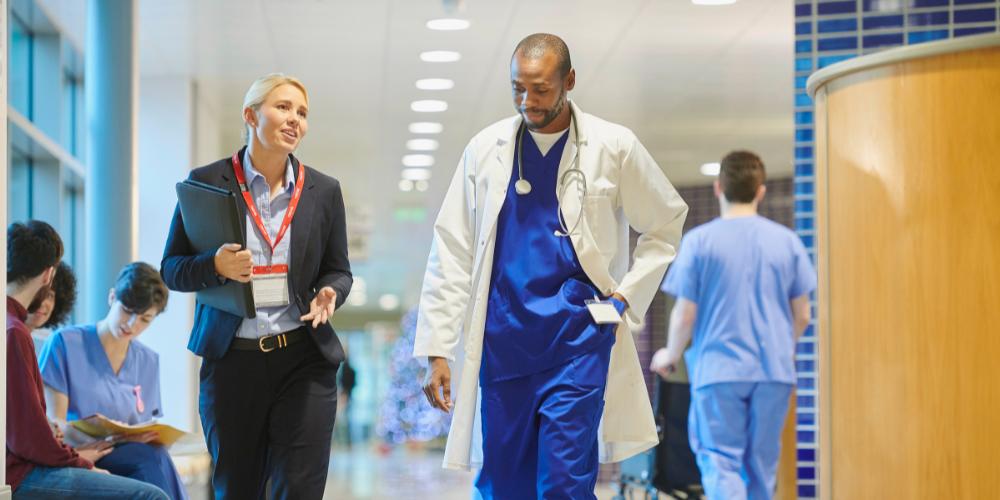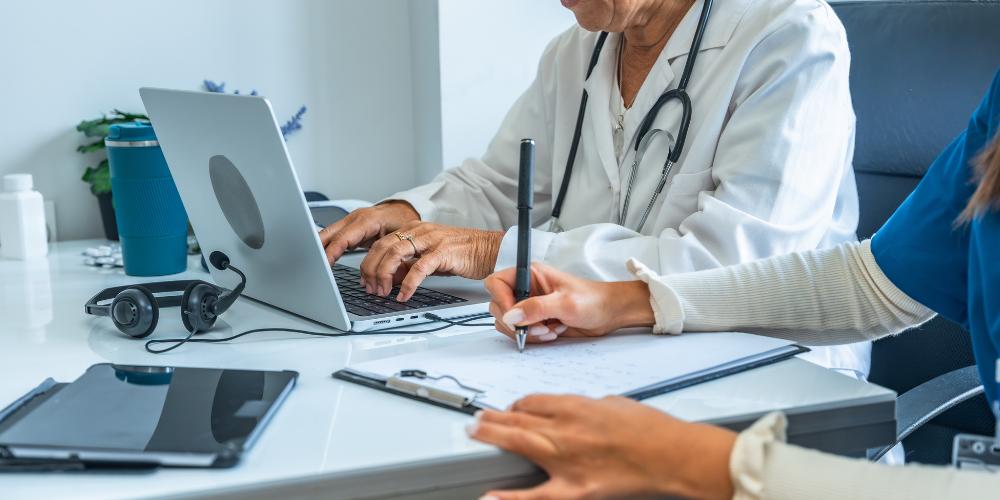Takeda’s Head of Digital Health Sciences on Embedding Digital Science to Bring the Study to Patients - from the Archives
Shoibal Datta, PhD, Takeda, outlines how to make use of technology regardless of maturity stage, and incorporate it successfully into clinical development. Dr Datta is Head of Digital Health Sciences at Takeda’s Data Sciences Institute.

How are you applying digital science to advance clinical trials?
We are responsible for embedding digital technologies in our trials and making them more patient-centric, accessible and resilient. Our first focus is on decentralization as a vehicle to unlock the potential of digital health technologies. We look at decentralization from the perspective of how we can bring the study to the patient, versus the other way around, and what tools and technologies and processes enable that. This is a focus for us not only in our small-scale studies, but also in our large Phase II and Phase III studies.
The second focus for our group is sensing and measurement. These can be wearables, but I mean more broadly the use of sensors to measure remotely and remove the need for a participant to go to a clinical site. We take these tools, package them together and create something that can be operationalized at low burden to participants and sites.
Many tech companies are emerging; how do you work with these types of maturing tech companies?
One of the things that we've done consciously is identify those partners that have good technologies, but may not have the scale or the experience. We then see how we can work with them by supplementing what they don’t have with our expertise in order to actually conduct clinical research and forge ahead. In some cases, we may invest in their roadmaps, helping them develop to a point where they can be self-sufficient on their own.
What’s a concern you have about the future of decentralizing trials?
We're still quite fragmented when it comes to conducting a decentralized trial. When you look at the technology components, there are various pieces to it. There might be a platform that does, for example, the actual study visit, another that takes care of ePRO and another e-consent. Then there are devices that are used for measurements during the study. Most of these were never designed to work with each other.
All together, you find very soon that you're saturating the patient with technology and creating a very poor experience. That’s a problem, not only for the patient, but also the site and the operations team, and becomes increasingly more complex to scale. We’re currently focusing on addressing this challenge at Takeda as it gates both adoption and scale.
How do you evaluate what vendors or technologies are a good fit for Takeda?
We separate how we evaluate into two buckets. One is purely about reusability and scalability. In general, if a capability can be used widely across the portfolio, we invest our energy in trying to make sure that we have a solution for that.
The other bucket is when there is a unique case for something that may be single use, but has a lot of value. An example would be when the current measures in clinical practice are not good enough for our needs. These high risk-high reward opportunities are fewer and farther between, but equally worth investing in.
What is your next focus in your work with applying digital health technologies?
We are focused right now on the front end of DHTs, specifically how to deploy them, how to make them seamless. It’s all about data acquisition and patient experience. The one thing that as an industry we haven’t really leveraged is the power that using these technologies can bring.
If you look at a traditional clinical trial, there is a huge gap of time between the point that data is acquired to the point that it’s used for analysis. Using technologies like wearable sensors and mobile apps provides data essentially instantaneously. It allows you to run and manage your trial completely differently, potentially with far fewer patients and for less time. Equally, the potential for higher frequency of measurements offer a window into disease that we simply did not have before. We are not there yet, but that’s the promise of DHTs.
What is your advice for successfully introducing new technologies into an organization?
First, always bring the entire study team together and make sure that they understand what you're doing, why you're doing it, why it's important, and what it can do for them. The technologies and digital aspects are pieces of that, but they are not the entire study, so you need to invest in the time to explain to all stakeholders what this is and how it’s different and most importantly, why it helps the study.
Next, deliver on that promise. If you promise too much and it doesn’t work out, that negative experience carries through and people form opinions that may not be justified but very difficult to overcome.
What excites you about the future of clinical trials, and the role of digital science?
We've developed the traditional model of doing clinical research over many decades and we are now at a point where we are able to change that model, at least a little bit but maybe even a lot. This will fundamentally give participants access to clinical research that simply wasn’t possible before.
Through sensor-based technologies and devices, we as scientists now are able to study disease in a way that we've never been able to before. Previously we would see a patient every week, every four weeks, every eight weeks. We never really knew what happened in between. Now, we will see a different facet of disease that we never had access to before as scientists.
At DPHARM 2023, you spoke on addressing the clinical operations workforce gap as we move to trial flexibility for patients. Why this topic at DPHARM?
I believe that we’re at an inflection point of moving from one model of running clinical trials to another. The new model is much more technology-heavy. Therefore, from an operations perspective, a clinical operations professional now has to be more aware of what technology can do, what it can’t and how to leverage and manage it. That’s a fundamentally different skill set than what we’ve needed before.
How are you doing this at Takeda?
What we did at Takeda was first assembling a team with the skill sets that we knew were missing, and embedded them as part of the clinical program teams to work side-by-side with our clinical sciences and operations colleagues. In this way, they had the opportunity to learn from each other, because these are a lot of different disciplines that have previously not often worked together in the context of a clinical trial.
We ran that as an experiment at Takeda, and it was successful in making sure that everyone understood what skills were available to them and how best to leverage them. This is now being scaled out across the portfolio.
What final thoughts do you have to share?
DHTs are a tool in our toolbox, and will become more embedded as part of the main study over time. But it all comes back to flexibility and choice: not just for the participant but also the sponsor and site, to leverage a new tool and get the maximum benefit for research. People tend to look at technology as a monolith but that’s simply not the case. Some things work well together, others don’t. We must take the time to understand that better, because it will help us advance science in the future.








